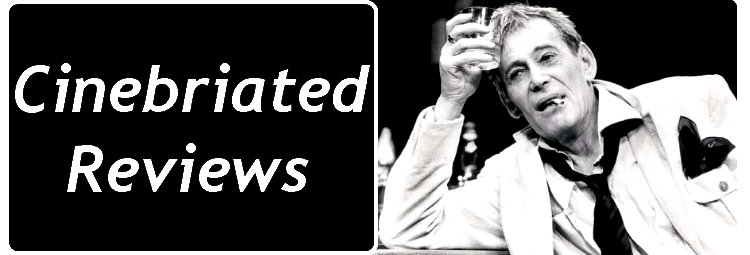Once Upon a Time in Anatolia (2011)
 Ed Felt
Ed Felt  Tuesday, January 22, 2013 at 8:37PM
Tuesday, January 22, 2013 at 8:37PM 
Directed by: Nuri Bilge Ceylan
Written by: Ebru Ceylan, Nuri Bilge Ceylan, Ercan Kesal
Players: Muhammet Uzuner, Yilmaz Erdogan, Taner Birsel
Setup: In a vast and desolate landscape within Turkey (not too dissimilar from Pullman, WA) a group of policeman, diggers, a doctor, a prosecutor, and two ostensible criminals search for a buried man murdered by the latter two members of the group. As the leader can't recall where they left the victim, the diverse ensemble travels through the night not only searching for the body, but also themselves.
Review: From the moment the first two cuts (two beautifully static yet languid minutes) faded into the title of the film, I was intrigued. For the next hour and a half, I was generally content and attentive to this "slow burn" of a police procedural. As the third act began before the two-hour mark, I started having doubts that I may survive this endeavor. When the third act closed, along with the film itself, sudden plot realizations led me to immediately restart the film. When I restarted the film, I proceeded to examine a few scenes, discuss the major philosophical implications with my roommate, and then without warning shut down my system to avoid another potential viewing. After all, two and a half hours in Anatolia are fine, but more than five in a row may push one's grasp on sanity.
Such was my viewing experience of Once Upon a Time in Anatolia, a film I've heard spoken of for more than the last year, but especially as 2012 drew to a close with its premiere status on critic's awards lists. It's a piece that struck me in its unwavering nature of presenting the story in almost real time, where some scenes have hardly any dialogue. While it appears as mainly an ensemble piece, one can't deny the focus on Doctor Cemal (Muhammet Uzuner) accompanying the troupe, along with a lesser yet still prominent lens on many other characters including Prosecutor Nusret (Taner Birsel). Together the two professionals muse on discussions of a seemingly random nature, but coupled with their current situation have grand ramifications for each character as both are continuously developed.

Director Nuri Bilge Ceylan shows great patience and skill with the camera, effectively channeling poetry through realism. Without giving much warning, he deftly breaks from the procedural nature of the film to the existential musings of his main characters, especially around Cemal. Some scenes and shots, subtly relayed in slower motion than the rest of the piece, that wonderfully evoke the poetic existentialism of Andrei Tarkovski's films like The Mirror; whether conscious of it or not, Ceylan is almost bringing the late Russian director out for his first murder mystery.
While there is much to appreciate, accessibility is problematic. Entertainment itself may be difficult to attain for some, as this almost appears to be one of the dullest procedurals of all time compared to your generic NCIS episode. But as you let the film wash over you with all of its wide-angle glory, connections are made between character ramblings and the current situation that create an experience full of subtle depth and detail. Morality, love, and the journey of one’s life are played out among all characters, including cops and criminals. While CSI (so many procedurals with acrynoms!) presents fun, pretty and generic materials for the masses, one can’t admit it’s full of developed and rewarding material. With the languid pace that Anatolia has, developed material at the very least can’t be denied.

Tidbit: “Anatolia” is also known as Asia Minor and Asian Turkey.
Extra Tidbit: The “Asia” reference is due to the location in the westernmost protrusion of Asia, not that the region has Sweet and Sour Turkey.
Drink Of Choice: As I have been oft visiting celluloid of a foreign kind as of late, I’ve come to realize that the beverage du jour should represent that geographic region or culture. Turkey being relevant today, I suggest Raki, which appears to be a common liquor that turns cloudy when water is added. More information can be found here, and once I imbibe in the beverage myself I will return with more info.

















